Purpose:
To ensure the safety of personnel and equipment during the operation, erection, jumping, repair, maintenance, and dismantling of tower cranes by identifying and mitigating potential hazards.
Key Elements:
- Potential Hazards Considered:
- Falls from height
- Falling materials
- Lifting operations
- Electricity hazards
- Manual handling
- COSHH (Control of Substances Hazardous to Health)
- Adverse weather
- Slips/trips
- Persons at Risk:
- Employees
- Subcontractors
- Visitors
- Mandatory Health, Safety, and Environment (HSE) Requirements:
- Safety induction
- Tool box talks
- Proper PPE (Personal Protective Equipment)
- Work permit
- Proper tools and equipment
- Proper supervision
- Barricades and warning signs
- PPE Requirements:
- Safety helmets
- Safety boots
- Gloves
- Overalls
- Full body safety harness
- Risk Levels and Control Measures:
- Untrained Erectors/Technicians: Use competent erectors and technicians.
- Discarded/Deformed Parts: Use proper crane parts and accessories, and inspect them thoroughly.
- Failure of Lifting Equipment: Use certified equipment and inspect it before use; do not exceed SWL.
- Fall of Person: Use safety harnesses and ensure proper anchoring points and access.
- Fall of Materials/Tools: Secure tools and accessories, and barricade the area below.
- Collapse of Mast Section/Counter Weight: Ensure proper placement and securing of mast sections and counterweights.
- Collapse of Crane: Follow manufacturer instructions for base and ballast, conduct regular inspections, and avoid adverse weather.
- Electricity: Perform electrical jobs as per standards, use well-insulated joints, and maintain safe distances from power lines.
- Adverse Weather: Check forecasts and avoid operations during adverse conditions.
- Collision with Structures/Other Cranes: Maintain safe distances and use communication systems to coordinate with other cranes.
- Inadequate Mobile Crane: Use appropriate mobile cranes and follow proper setup procedures.
Ongoing Process:
Risk assessment is a continuous process that must be communicated to workers before starting the job. It is regularly reviewed to adapt to new activities and potential risks, ensuring a safe working environment.
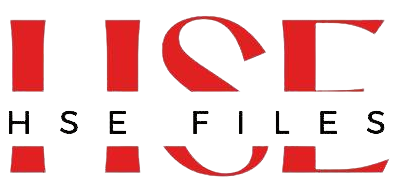
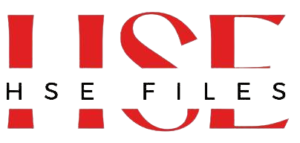
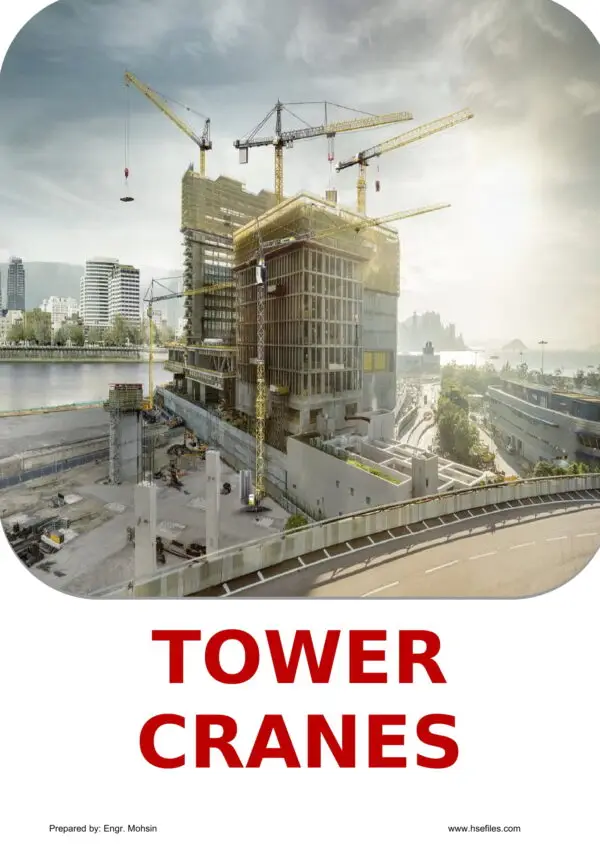

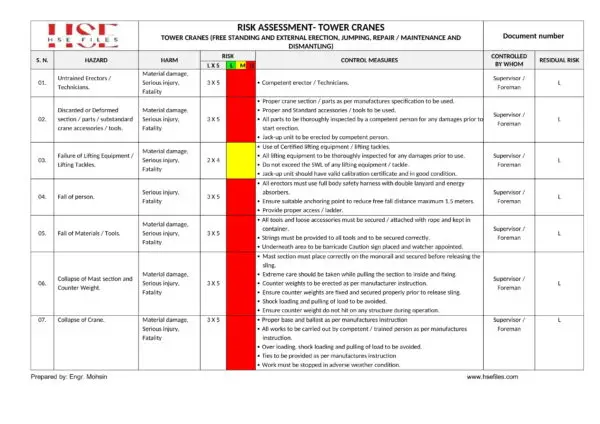
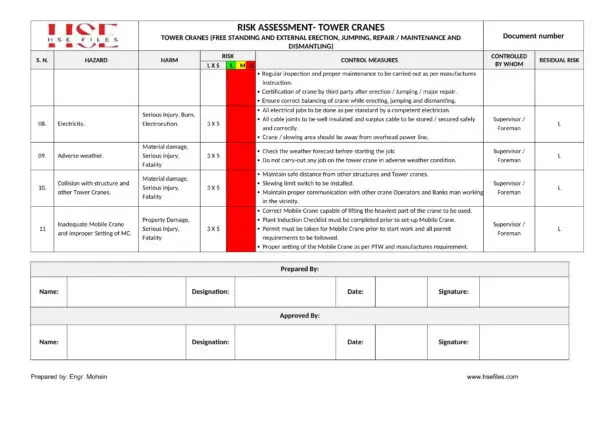




 Tower Cranes Risk Assessment: The attached document is a powerful tool for identifying and mitigating risks associated with tower cranes activities. It’s more than just a form—it’s a proactive step toward safety excellence.
Tower Cranes Risk Assessment: The attached document is a powerful tool for identifying and mitigating risks associated with tower cranes activities. It’s more than just a form—it’s a proactive step toward safety excellence.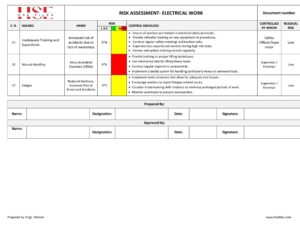

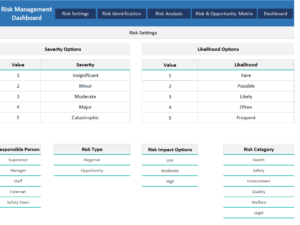
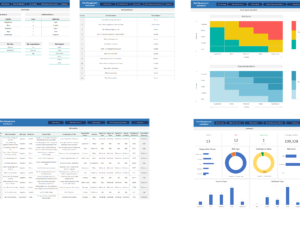
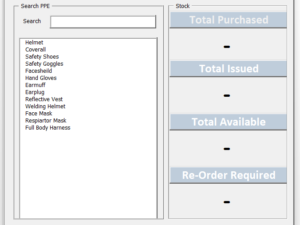
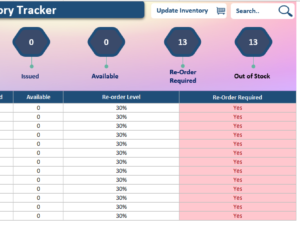

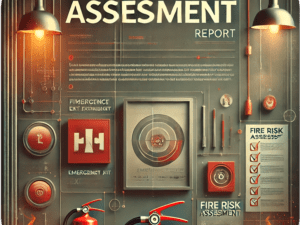
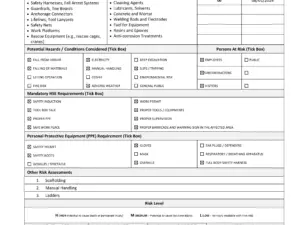

Reviews
There are no reviews yet.